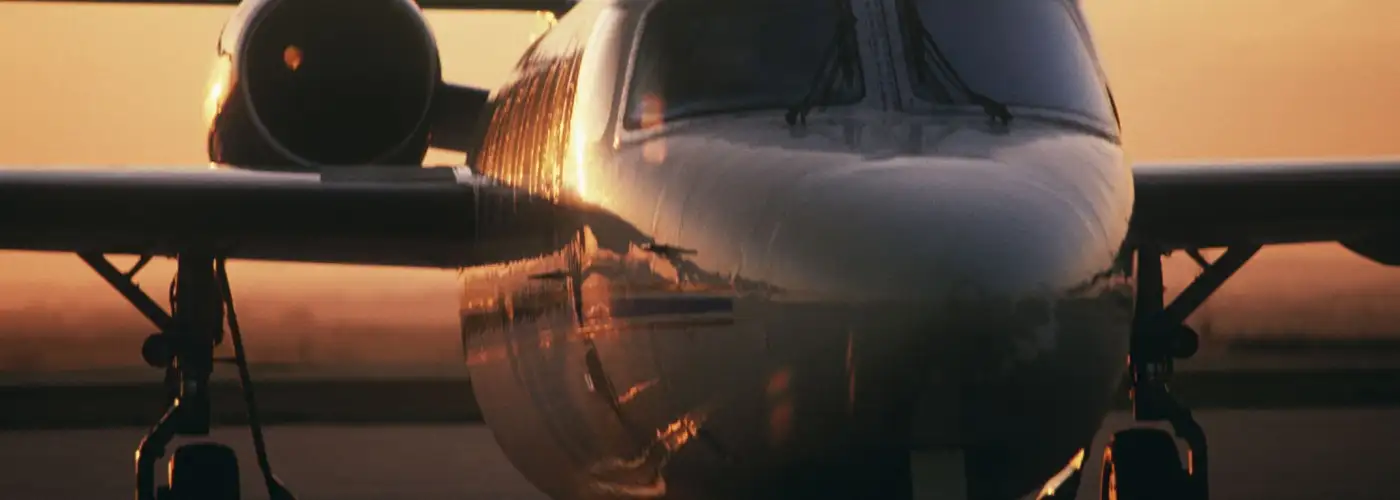What could be the story of the decade came out in Aviation Week and Space Technology last week, and nobody noticed. Lockheed-Martin’s “Skunk Works,” renowned for breakthrough airplane designs from the pioneering P-38 to the Mach 3 SR-71 and the stealthy F-117, announced it was developing a nuclear fusion reactor that would be small enough to power an airplane. The Aviation Week story wasn’t even the first public report on the Skunk Works fusion project: As early as February 2013, a top spokesperson described the concept. But as far as I know, no important media outlet picked up on the story, then or now. And the story is potentially huge.
Fusion power holds the potential to solve the world’s energy problem for the indefinite future. The basic power for the sun, fusion converts four hydrogen atoms into one slightly lighter helium atom, with the mass difference converted to energy. (The exact mechanism is a bit more complicated, but that’s the basic idea.)
Fusion offers several big advantages over today’s fission-based “atomic” and fossil-fuel power. A fusion device does not produce harmful radiation or radioactive waste. A fusion device poses no danger of nuclear explosion, meltdown, or contamination. The world supplies of input materials (heavy water and lithium) are virtually limitless. And fusion power produces no greenhouse gases.
Practical fusion power has been on everyone’s “most important” list since the 1920s, getting ever more important with the development of the H-bomb, Chernobyl, and recognition of greenhouse gas dangers. But for almost all of that time, practical fusion power has been a pipe dream. Although government and private agencies around the world have spent billions working on fusion power, the results to date have been encouraging, but we still haven’t figured out how to actually do it.
What’s intriguing this time, then, is that the Skunk Works now says it has figured out how to do it! Has it really? We’ll have to wait and see. The Skunk Works scientists are talking about a 10-year time frame: Five years to develop a prototype, another five to scale it up to practical use. Skunk Works has a history of success in solving tough problems a lot faster than anyone thought was possible.
Even if the Skunk Works is successful, fusion power won’t immediately displace today’s major power sources. It’s likely to be hugely capital-intensive. At least at first, the cost per kilowatt-hour will probably not be competitive with burning fossil fuels or conventional atomic energy. That’s probably why the Skunk Works is starting out with a fusion power package small enough to power an airplane.
What would a fusion powered plane be like? Here, I’m just guessing, but the key determinants are that the reactor would be expensive and heavy, but the cost and weight of fuel consumed would be negligible. So the larger the plane, the better the economics. Fusion planes would probably be at least as big as today’s A380 or 747-8 aircrafts. Airborne bowling alleys, anyone? Range would no longer be constrained by fuel weight. Fusion powered planes would make even the longest nonstop flights as economical as short ones: London-to-Sydney, here we come. With the huge amount of power available, fusion might enable supersonic or even suborbital flight. Goodbye, red-eyes.
All this depends on whether the Skunk Works can actually deliver on its plans. Despite skepticism, nobody ever made a fortune betting against those folks.
You Might Also Like:
- Ways Social Media Can Make Your Trip Amazing
- Seven Shameless Ways to Get an Upgrade
- Top Five Bargain Destinations for Fall 2014
We hand-pick everything we recommend and select items through testing and reviews. Some products are sent to us free of charge with no incentive to offer a favorable review. We offer our unbiased opinions and do not accept compensation to review products. All items are in stock and prices are accurate at the time of publication. If you buy something through our links, we may earn a commission.
Related
Top Fares From
Today's Top Travel Deals
Brought to you by ShermansTravel
Greece: 9-Night Vacation, Incl. Meteora &...
Exoticca
 vacation
$2099+
vacation
$2099+
7- to 28-Night Mediterranean Cruises w/Onboard...
Holland America Line
 cruise
$1399+
cruise
$1399+
Ohio: Daily Car Rentals from Cincinnati
85OFF.com
 Car Rental
$19+
Car Rental
$19+




